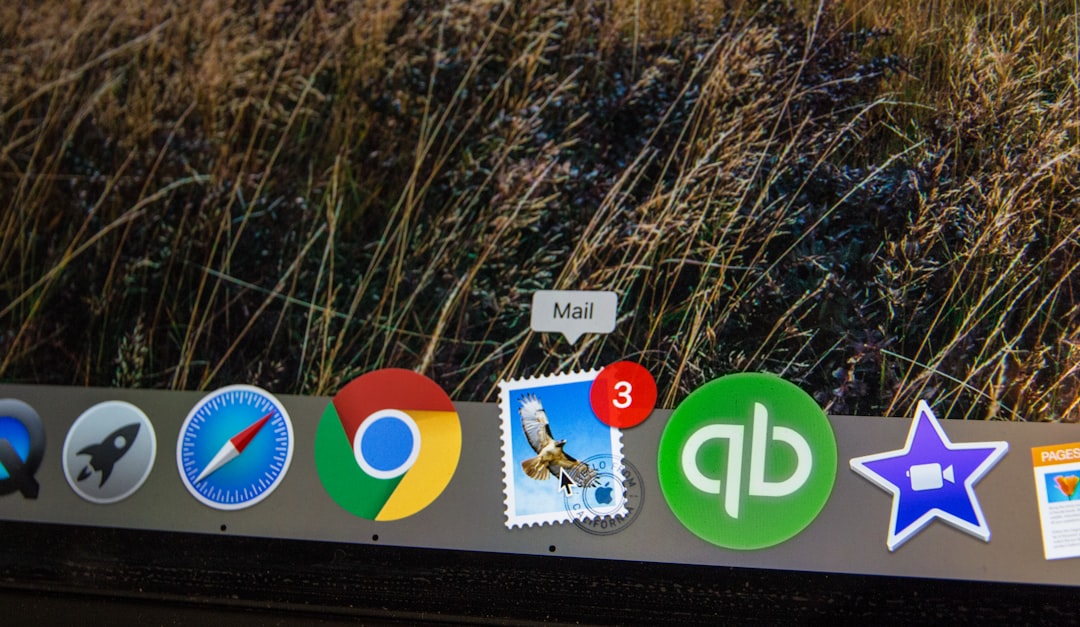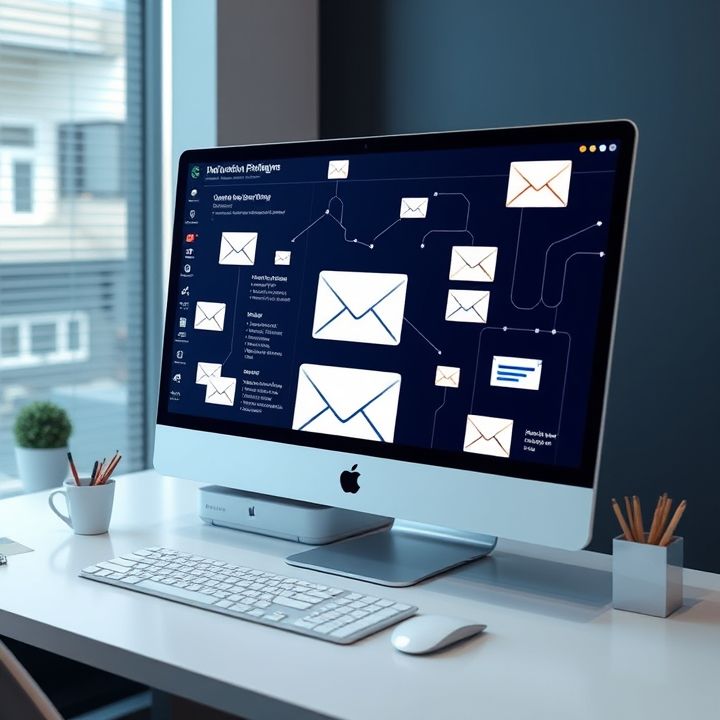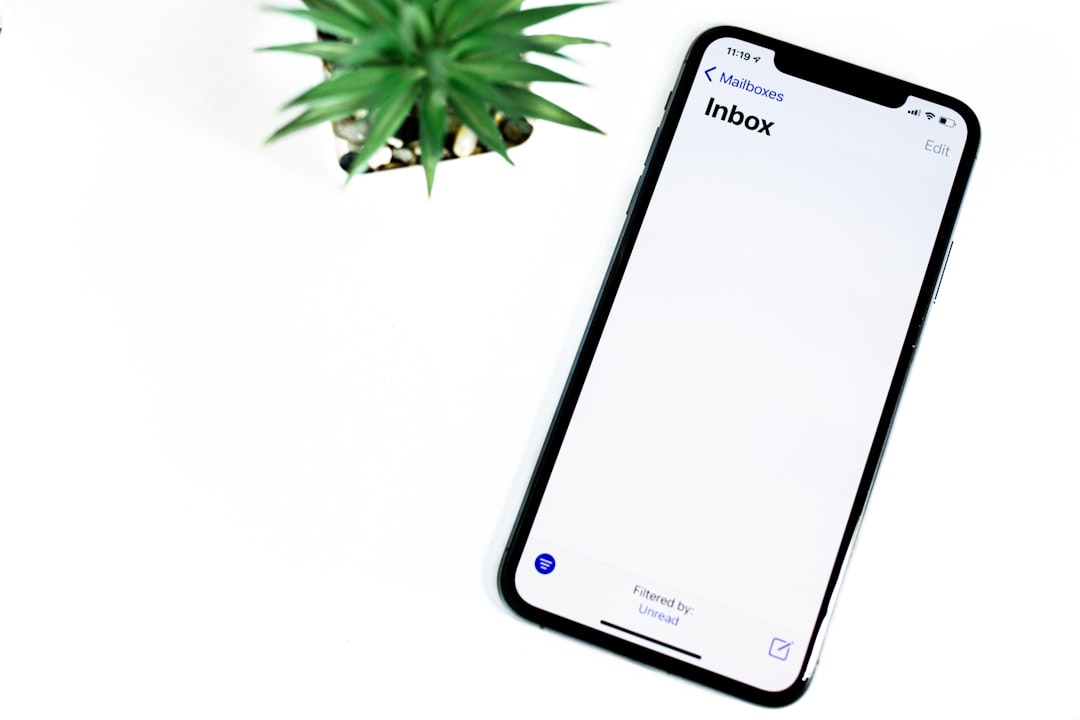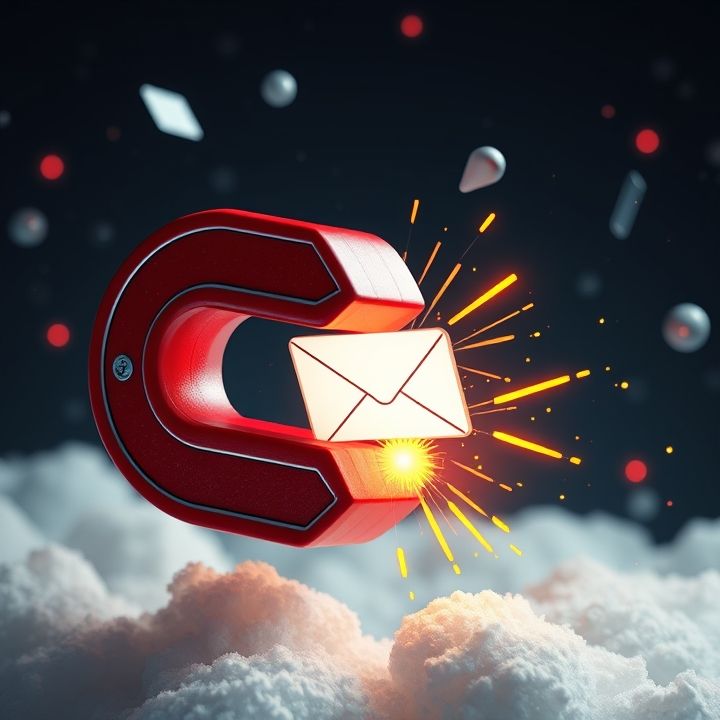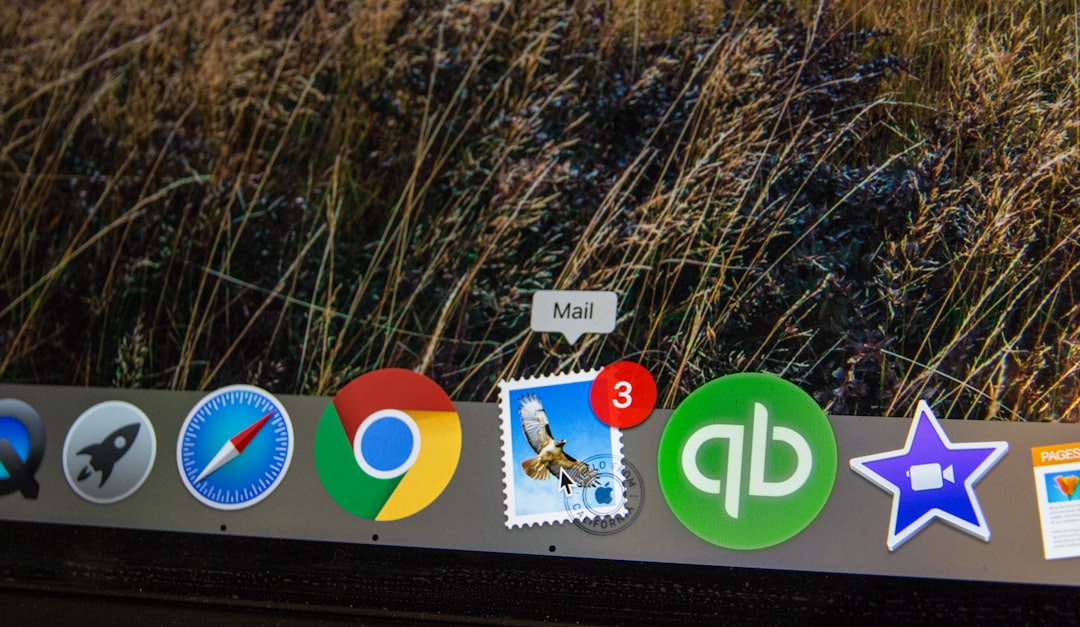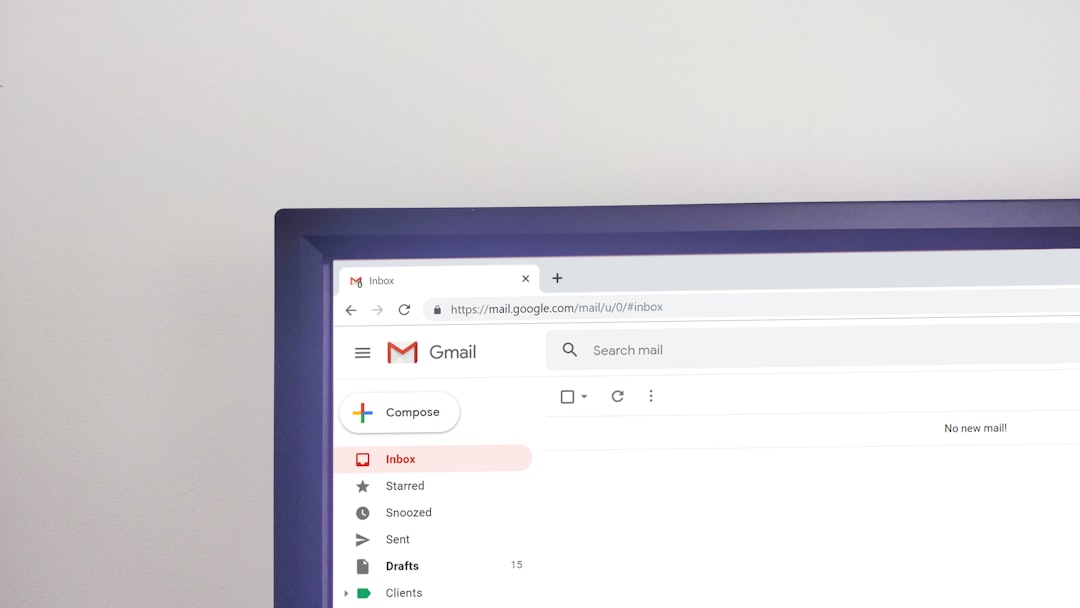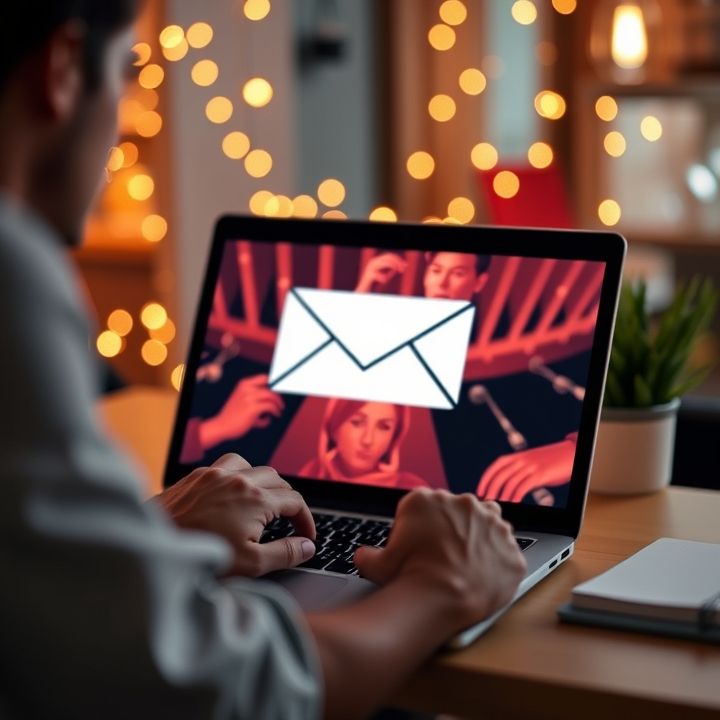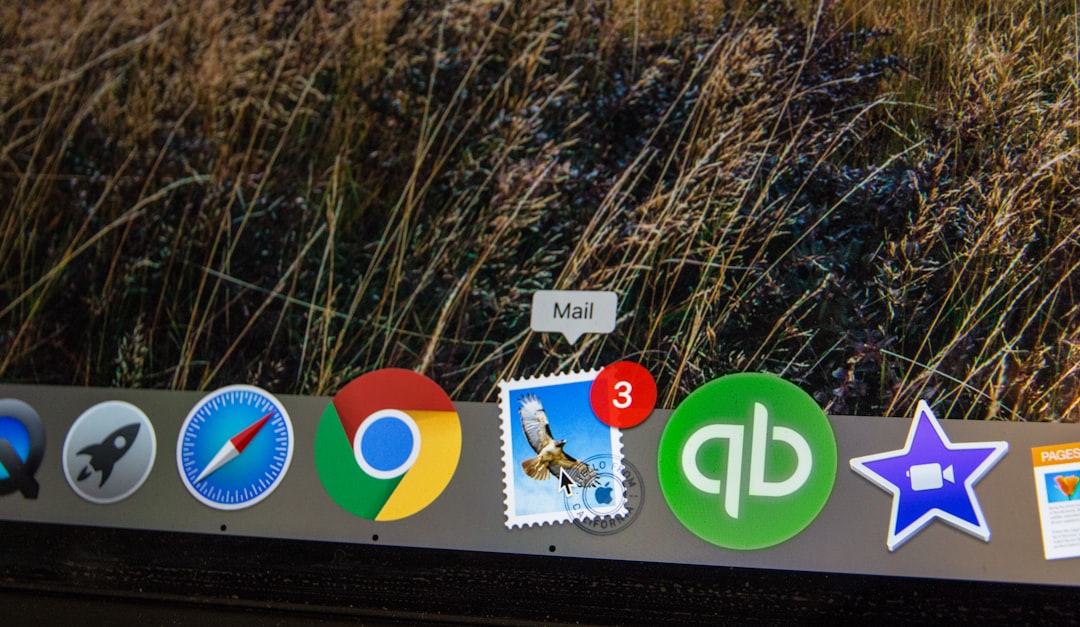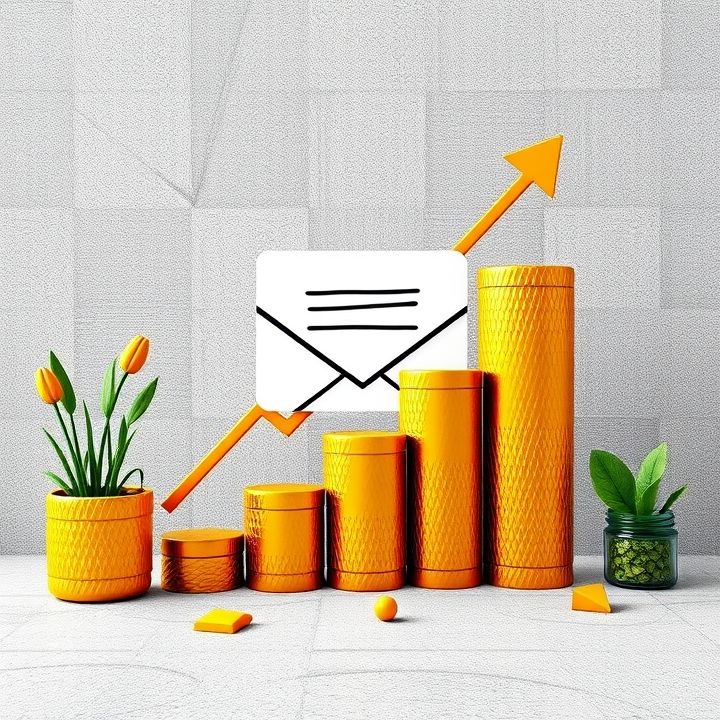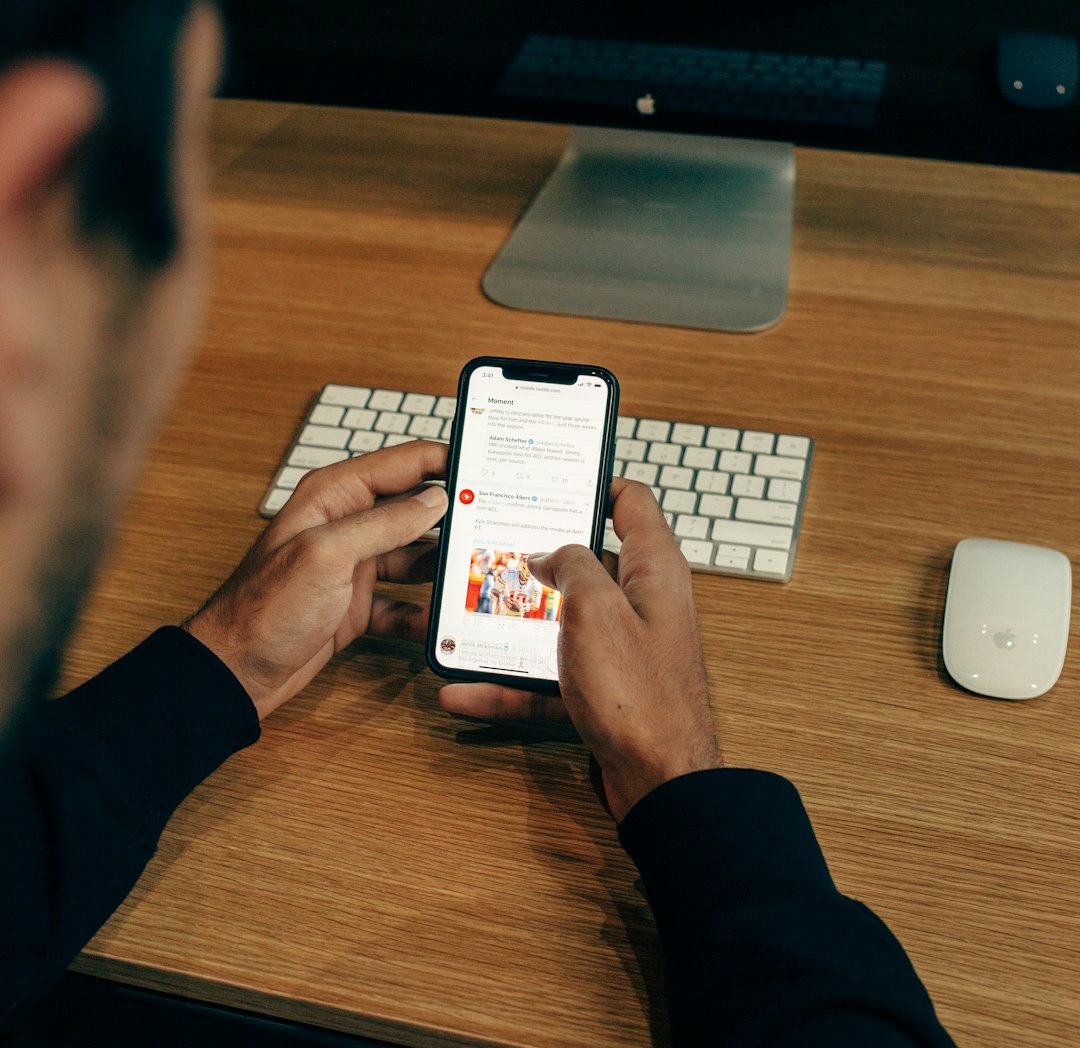Table of Contents
- Introduction
- Crafting compelling subject lines to boost open rates
- Personalizing content for targeted engagement
- Utilizing scarcity and urgency tactics with limited-time offers
- Incorporating strong and clear calls-to-action
- Leveraging social proof through testimonials and reviews
- Conclusion
- Frequently Asked Questions
Introduction
Welcome to the era of email marketing alchemy, where the secret sauce is just a click away! Are you tired of seeing your email campaigns land with a thud, instead of sparking sales and engaging your audience? Transform your approach with proven email tactics that don’t just promise results—they deliver. Imagine turning your subscriber list into a sales powerhouse, with strategies so effective, even your most ambitious targets don’t stand a chance! Intrigued yet? You should be.
Let’s take a quick peek at what you’ll discover:
| Tactic | Impact |
|---|---|
| Personalization | Increase open rates |
| Segmentation | Higher engagement |
| A/B Testing | Better conversion |
This is just the beginning. Stay with us, and by the end, you’ll understand exactly how to harness these strategies to boost your subscriber purchases and redefine success in your email marketing efforts.
Crafting compelling subject lines to boost open rates
In email marketing, crafting compelling subject lines is pivotal to boosting open rates. The subject line serves as the first impression and a well-crafted line can entice subscribers to open the email, thus increasing engagement. Incorporating actionable language encourages recipients to act, while creating a sense of urgency or curiosity can also prompt immediate attention. Personalization is another effective tactic; using the recipient’s name or preferences can make the email feel more tailored and relevant. Emotional triggers and the promise of exclusive content or benefits can spark interest. Additionally, keeping the subject line concise and clear ensures that the main message is not lost in translation. Testing different subject lines through A/B testing can reveal insights into what resonates best with your audience. Utilizing symbols or numbers can also grab attention from cluttered inboxes. Ultimately, the subject line should align with the email content and create a seamless experience from first glance to final interaction.
Personalizing content for targeted engagement
Personalizing content is a powerful tactic when it comes to engaging subscribers and prompting them to take action. By tailoring your emails to the individual preferences and behaviors of your audience, you can significantly enhance the relevancy and effectiveness of your message.
One effective approach is to segment your email list based on criteria such as purchase history, browsing behavior, or demographic information. This allows you to craft specific messages that resonate with different segments, making your emails more compelling. Personalized subject lines and greetings can grab the subscriber’s attention, making them more likely to open the email.
Additionally, recommending products or content based on past interactions can increase the likelihood of conversion. For example, if a subscriber frequently views content about a particular product category, sending them a special offer or updates about new arrivals in that category can motivate them to make a purchase.
Moreover, using dynamic content in your emails that adapts to the subscriber’s preferences and actions can enhance user experience and increase engagement. By continuously analyzing subscriber data, you can refine your personalization strategies, providing value with each email and encouraging subscribers to make a purchase or take desired actions.
Utilizing scarcity and urgency tactics with limited-time offers
Utilizing scarcity and urgency tactics in your email marketing strategy can significantly boost subscriber engagement and conversion rates. Limited-time offers create a sense of urgency, pushing subscribers to take immediate action rather than delaying their decision. By highlighting that a product or service is available for a short period, you tap into the psychological fear of missing out, known as FOMO. This can effectively motivate subscribers to act quickly to secure the offer.
Incorporating countdown timers in emails is a dynamic way to emphasize urgency. These timers can visually count down to the offer’s expiration, reinforcing the sense of immediacy. Additionally, clearly stating the benefits of the offer and specifying the exact timeframe in which it is available can create a compelling call to action.
Scarcity tactics such as mentioning limited stock or exclusive access can further enhance the desire to make a purchase. When subscribers perceive that an item is scarce, it increases its perceived value, prompting them to prioritize the purchase.
Crafting compelling subject lines that convey urgency or scarcity can also capture attention right from the start. Words like ‘Hurry,’ ‘Last Chance,’ or ‘Don’t Miss Out’ can entice subscribers to open the email and engage with the content to seize the opportunity.
Incorporating strong and clear calls-to-action
An essential tactic in email marketing to entice subscribers to take action or make a purchase is incorporating strong and clear calls-to-action (CTAs). A CTA serves as a direct prompt for your audience, guiding them towards the next step you want them to take. It should be concise, compelling, and aligned with the email’s overall message. To ensure effectiveness, the CTA must stand out visually within the email. This can be achieved by using bold colors, large fonts, or an eye-catching button design.
Additionally, the language used in a CTA should create a sense of urgency or offer a clear benefit to the subscriber. Phrases such as “Shop Now,” “Get Started,” or “Claim Your Discount” can motivate potential buyers by emphasizing immediate value. Furthermore, personalizing CTAs by tailoring them to individual subscriber interests can significantly increase engagement rates. Integrating action words and keeping the message straightforward addresses the needs and preferences of your audience, making it more likely they will respond positively. Ultimately, a well-crafted CTA not only boosts conversions but also enhances the overall impact of your email marketing strategy.
Leveraging social proof through testimonials and reviews
Leveraging social proof through testimonials and reviews is a powerful tactic for persuading email subscribers to take action or make a purchase. People often look to the experiences and feedback of others to determine the value and reliability of a product or service. Highlighting positive testimonials and reviews in your emails can significantly enhance credibility and trust.
Incorporate authentic stories from satisfied customers that showcase the benefits and unique aspects of your offering. Utilizing quotes, case studies, and even user-generated content can provide a wide perspective and reaffirm the quality of your product. Ensure that these testimonials resonate with your target audience by featuring relatable scenarios and outcomes.
It’s also essential to maintain transparency by displaying both positive and constructive feedback. Doing so not only improves brand authenticity but also demonstrates your commitment to customer satisfaction and continuous improvement. Additionally, incorporating visual elements, such as star ratings or photos of actual users with testimonials, helps to grab attention and make the proof more compelling.
By methodically embedding social proof into your email campaigns, you create a persuasive narrative that encourages subscribers to trust your brand and be more open to making a purchase or engaging further.
Conclusion
The strategies outlined in “Unlock the Secret Sauce: Proven Email Tactics That Skyrocket Subscriber Purchases!” offer a powerful and effective approach to enhancing your email marketing efforts. By focusing on crafting compelling subject lines, personalizing content, and incorporating scarcity tactics, you can drive higher engagement and conversion rates. A clear call-to-action is essential to guide your subscribers towards making a purchase, while leveraging social proof builds trust and credibility, encouraging action. These tactics, when strategically combined, create a robust email marketing strategy that not only retains but also expands your subscriber base. Emphasizing tailored, engaging content ensures that your subscribers feel valued and understood, increasing the chances of converting interest into actual sales. In today’s competitive digital landscape, implementing these proven methods will position your brand as not just a seller, but a trusted partner in the consumer journey. Elevate your campaigns with these secret sauce tactics and watch your subscriber purchases skyrocket!
